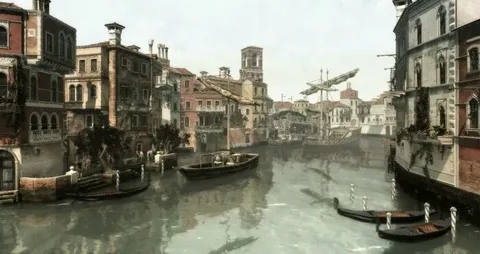Venice is often painted in clichés—gondolas gliding past weathered palazzos, serenades echoing under the Bridge of Sighs, and St. Mark’s Square glittering in the morning light. But underneath these familiar frames lies a Venice shaped more by silence than spectacle. To truly know the city is to discover what the tourists miss: the hidden stories etched into parchment, the ink-faded margins of centuries-old journals, and the slow, reverent breath of libraries few ever enter.
The city’s lesser-known keepers—its librarians—guard a Venice that rarely makes it to the postcards. While most travelers arrive with eyes set on canals and cathedrals, the real treasures may lie within shuttered libraries and monastic archives. Those drawn to unique Venice holidays may find far more magic in these quiet corridors than among the crowds of the Grand Canal. In fact, travelers planning meaningful holidays to Venice might trade queues for quills and find richer stories in every handwritten note, embossed crest, and wax-sealed letter. A deeper narrative unfolds here, where books are not just bound to paper but vessels of vanished voices.
Hidden within ancient convents, tucked behind unassuming doors, and perched atop cloisters, Venice’s libraries are more than repositories—they are time capsules. Whether you’re traveling on a solo literary pilgrimage or considering an all-inclusive holiday package deal, enriching experiences await those who look beyond the typical path. With guidance from thoughtful travel experts like Travelodeal, even casual visitors can unlock Venice’s quieter dimensions—where the past is preserved in ink, not stone.
The City Written in Water and Ink
Many know Venice as a city of water, but few realize it’s also a city of words. The Biblioteca Nazionale Marciana, overlooking St. Mark’s Square, houses illuminated manuscripts that once passed through the hands of poets, scientists, and philosophers. Its reading rooms feel more like cathedrals than archives, hushed and sacred. Here, even a simple margin notes from the 1600s can offer clues to the rhythm of daily life centuries ago.
Each Venetian librarian is a silent guardian of the city’s identity—decoding old dialects, restoring centuries-old bindings, and tracing the origins of forgotten authors. For those lucky enough to step inside these institutions, the past feels not so far away. Every page, every pressed flower or marginal doodle becomes a portal into another era, one less romantic but more human.
Unlocking Stories That Never Made the Guidebooks
While Venice is known for its grandiosity, there’s beauty in the small, intimate details that only a librarian might show you. Some collections are private, requiring permission or a quiet conversation with the right gatekeeper. Others exist in buildings that don’t even look like libraries—perhaps a former monastery, or a home turned into a historical archive.
This version of Venice feels alive in a different way. The silence isn’t emptiness—it’s reverence. Here, culture isn’t displayed but protected, gently curated by hands that understand its fragility. A worn leather spine or an ink blot becomes more telling than any museum placard.
Conclusion: A Different Way to See the City
Venice’s libraries teach us that stories don’t always shout. Sometimes, they whisper from forgotten shelves or unfold under careful fingers in a dimly lit room. In an age of noise and rush, the city’s literary spaces invite us to pause, listen, and imagine.
So next time you wander Venice’s streets, pause at the unmarked doors, the quiet cloisters, and the shuttered windows. Behind them lie centuries of stories—still breathing, still waiting. All you need is a little curiosity, and perhaps the soft guidance of a librarian, to hear them.

